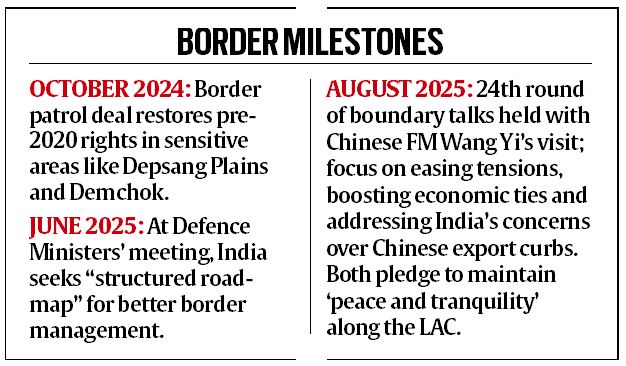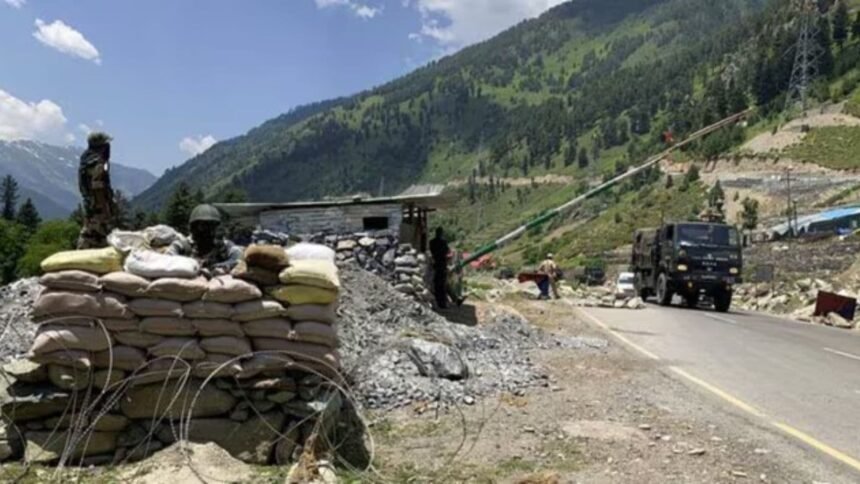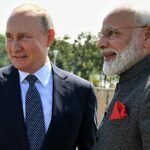Meeting in China after seven years, Prime Minister Narendra Modi and President Xi Jinping pointed to a clear improvement in the situation along the border. Their remarks in this regard at the bilateral meeting Sunday in Tianjin marked the culmination of spadework spanning more than a year by India and China to dial down tensions — from avoiding aggressive drills and verbal exchanges to holding meetings almost every day at a key hotspot, The Indian Express has learnt.
So much so, sources in the security establishment told this newspaper, there could even be a “slight” thinning of deployment at the border in the near future. At the same time, the sources cautioned, challenges persist due to the deep-rooted mistrust between both sides, especially when it comes to border militarisation.
According to sources, for more than a year, even before India reached a border patrol agreement with China last October, not a single case of even verbal friction had occurred between their forces, particularly in Eastern Ladakh.
“Even banner drills, a common practice during patrolling when the two forces meet in disputed areas, is off the routine,” said a security establishment officer. These drills mark a longstanding practice when forces from both sides show banners saying “Go Back” in each other’s language when they meet in disputed areas along the Line of Actual Control (LAC).
Besides, sources said, meetings are now held almost daily at the local military level at Hot Spring in Demchok, which was one of the hotspots when tensions were at their peak, to iron out inadvertent transgressions by civilians.
The October agreement allowed grazers on either side to take their cattle to pastures in Dhemchok’s disputed areas. “Sometimes, these cattle stray further into each other’s territory. Earlier, they would be held for days or there would be heated exchanges over them. After the 2020 Galwan incident, the cattle were not even allowed access to pastures. Now, there are daily exchanges of cattle, and issues are sorted out amicably,” another officer said.

Sources said that patrolling in disputed zones has continued uninterrupted. “Our traditional patrolling between Patrolling Points 10 and 13 in the Depsang Plains, restored through the October agreement, is happening on a daily basis without any hiccups. The Chinese PLA (People’s Liberation Army), too, is accessing its traditional patrolling point in the region, at Lone Stone, without any interruption from our side. In the Galwan valley, too, patrolling by either side is continuing without interruption,” a Defence official said.
Story continues below this ad
The sources also pointed to the “warmer welcome” and “great arrangements” for pilgrims on the Kailash Mansarovar Yatra, which began on June 30 after a gap of five years, when compared to the past.
However, the sources said, there are several hurdles that still need to be crossed. Apart from the unresolved legacy of the 2020 standoff in which 25 Indian soldiers were killed, the other challenges include the ongoing infrastructure competition between both sides and geopolitical maneuvering along the LAC.
“The Chinese side do appear interested in thinning down forces on the border. But India intends to wait and watch. It is easier for China to redeploy quickly if things go south again. They are on a plateau with a great network of roads. We have to climb hills and negotiate far tougher terrains. Yet, if an understanding is reached, some thinning of forces may happen in due course,” an officer said.








